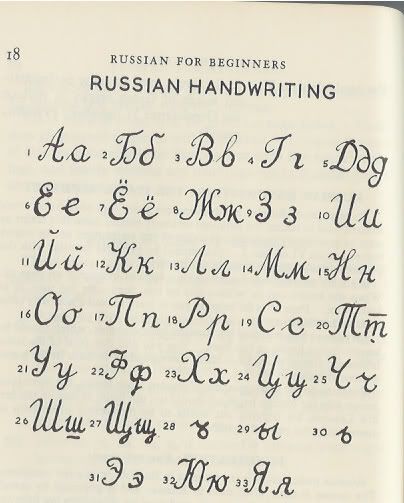In my first-year college Russian class, we were taught that the "hooks" are absolutely mandatory. True, when native Russians are writing cursive in a quick-and-sloppy way, the hooks can be difficult to see, but they are not entirely omitted -- at the very least, there's a bit of an upward wiggle in the pen stroke.
On the other hand, it's NOT mandatory -- but many people would recommend it -- to put a horizontal line over the m (i.e., the cursive т) and also under the cursive ш and щ. And some people put a very short horizontal stroke through the middle of the cursive ж, but as far as I know, this is less common.
Also, one other non-mandatory suggestion for xXHoax and other learners: As a beginner, try to get in the habit of marking the stressed vowels. Yes, native Russians don't use these accent marks except in the rarest cases (e.g., with newly borrowed foreign words), but it will help you learn pronunciation of words as well as sentence intonation when you're just starting out. For example, here's that pangram sentence with the stressed vowels underlined:
Съешь же ещё этих мягких французких булок да выпей чаю!
Notice that when the one-syllable word да means "yes", it is always stressed -- when it's unstressed, the meaning is "and" or "but" or sometimes "let it be so" (Да будет свет, "Let there be light!"). On the other hand, the one-syllable emphatic particle же is NEVER stressed, as far as I know, while one-syllable pronoun forms such as я/мне, ты, он/им, ей, мы/нас/нам, вы/вас/вам, тот/та, etc., are ALWAYS stressed.
(The point is that it's a good idea for beginners to mark stress in one-syllable words, too, although many dictionaries only use stress marks with words of more than one syllable.)
P.S. Here's an image that shows the horizontal line over the lower-case т and under the lower-case ш (again, these are OPTIONAL, but recommended for easier reading) and also including the two variants for lower-case д (you can write it either as "g" or "a backwards 6").




 14Likes
14Likes LinkBack URL
LinkBack URL About LinkBacks
About LinkBacks






 Говорит Бегемот:
Говорит Бегемот: 
 Reply With Quote
Reply With Quote
